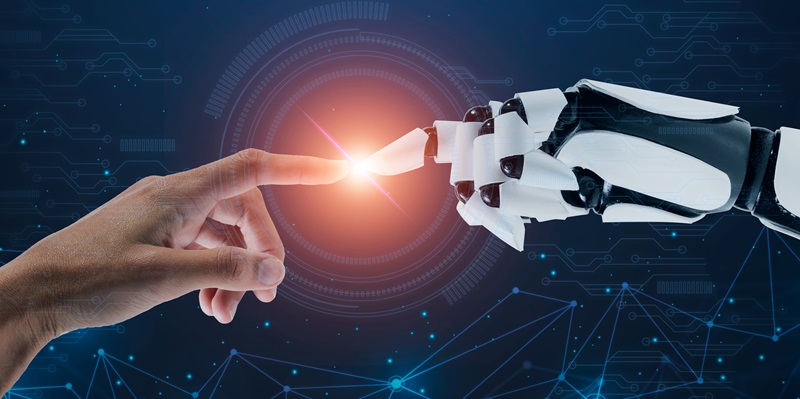In the ever-evolving world of artificial intelligence (AI), models like ChatGPT have made significant strides. However, these models often struggle with logical reasoning and may exhibit phenomena known as AI hallucinations. To address these challenges and ensure the reliability of AI interactions, three powerful approaches have emerged. In this article, we delve into these innovative approaches, focusing on the adoption of vector search and retrieval-augmented generation (RAG). Moreover, we explore the role of knowledge graphs in enhancing the accuracy and dependability of AI systems.
Emerging Approaches to Enhance Reliability
As AI models continue to advance, it becomes crucial to find effective methods for improving their reliability. Three powerful new approaches have garnered attention in this regard. These approaches offer promising strategies to fortify AI systems and enhance the accuracy of their responses. By adopting these techniques, we can ensure that AI models, such as ChatGPT, provide reliable and trustworthy information.
Widespread Adoption of Vector Search
One of the key approaches to bolstering the reliability of AI models involves the widespread adoption of vector search. Vector search enables AI systems to efficiently retrieve information from a vast ocean of data. By leveraging vector representations, which capture the semantic meaning of words and concepts, AI models can perform accurate and context-aware searches. This approach empowers chatbots like ChatGPT to provide informed responses based on the most relevant and up-to-date information available.
Retrieval-Augmented Generation (RAG)
Retrieval-Augmented Generation (RAG) is a method poised to revolutionize the way AI models interact with users. RAG allows AI systems to incorporate context and additional information into their responses. By retrieving valuable insights from external knowledge sources, RAG enriches the generation process of language models. This approach enables AI models to offer more accurate and contextually appropriate responses during conversations. With RAG, chatbots can tap into vast knowledge databases, ensuring that the information they provide is refined and trustworthy.
Knowledge Graphs in AI
In the pursuit of reliable and accurate information, knowledge graphs have emerged as a formidable tool. Unlike traditional databases, knowledge graphs store data in a graph-like structure, connecting entities and their relationships. Knowledge graphs serve as the ideal database for RAG because they hold transparent, curated content. By structuring information in a graphical format, knowledge graphs facilitate the efficient retrieval of contextually relevant information for AI models. This ensures that AI systems like ChatGPT rely on high-quality, up-to-date data, enhancing their reliability in delivering accurate responses.
Innovative research at the University of Washington
Professor Yejin Choi, an esteemed AI researcher at the University of Washington, has been exploring an intriguing concept that aligns with the mission of enhancing the reliability of AI models. Recent discussions surrounding Professor Choi’s work, including an interview conducted by Bill Gates, shed light on the potential of incorporating her innovative architecture into AI systems. By leveraging a combination of vectors, RAG, and knowledge graphs, Professor Choi’s research aims to construct highly valuable business applications. This approach reduces the need for extensive expertise in building, training, and fine-tuning language models, while bolstering reliability.
Leveraging a Combination of Approaches
To ensure mission-critical reliability of AI models, it is crucial to leverage a combination of powerful techniques. By incorporating vectors, RAG, and knowledge graphs, we can construct AI architectures that provide accurate, context-aware, and trustworthy responses. This approach empowers businesses to harness the potential of AI without the complexity of intricate model development processes. By combining these approaches, AI models like ChatGPT can address AI hallucinations, improve logical reasoning abilities, and deliver reliable information.
Reliability is paramount when it comes to AI interactions. To combat challenges faced by models like ChatGPT, it is imperative to adopt innovative approaches that enhance accuracy and dependability. By embracing vector search and retrieval-augmented generation (RAG), AI models can tap into a wealth of knowledge through knowledge graphs. These approaches ensure that AI systems provide contextually appropriate and reliable information. Furthermore, ongoing research, such as that led by Professor Yejin Choi, unravels exciting possibilities for the future of AI. By integrating powerful techniques, we can construct AI architectures that deliver valuable business applications while maintaining the highest levels of reliability.

